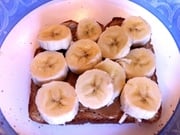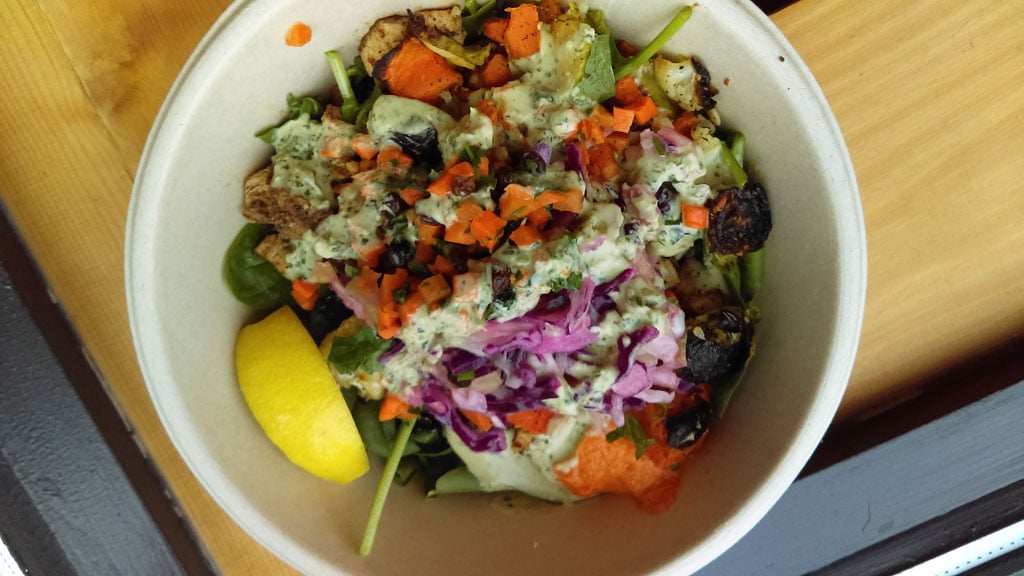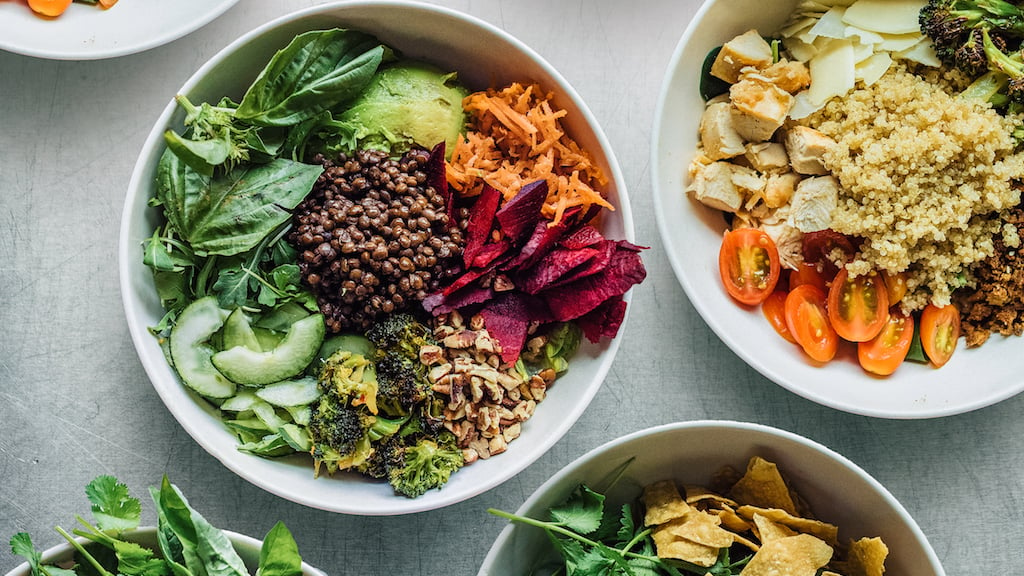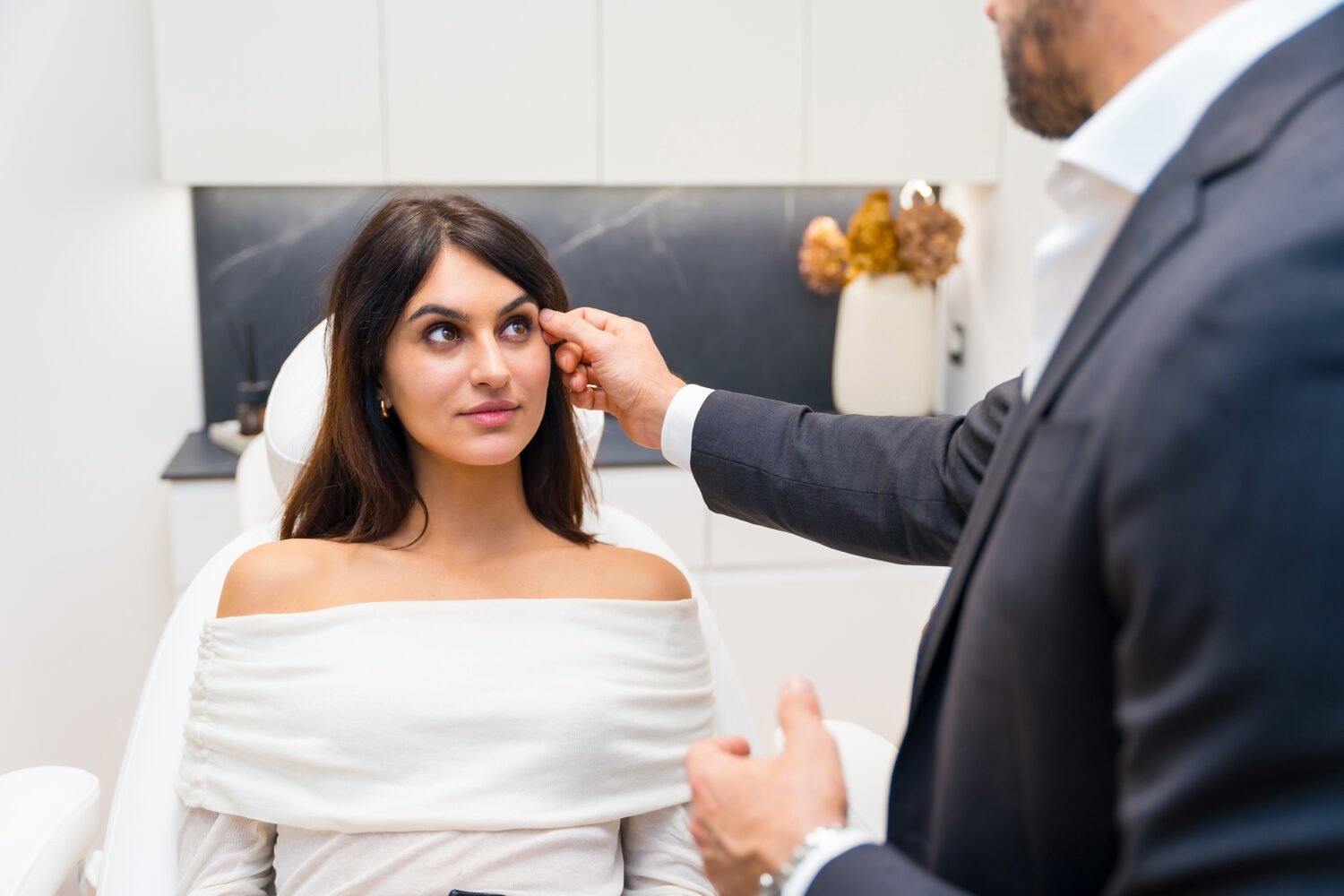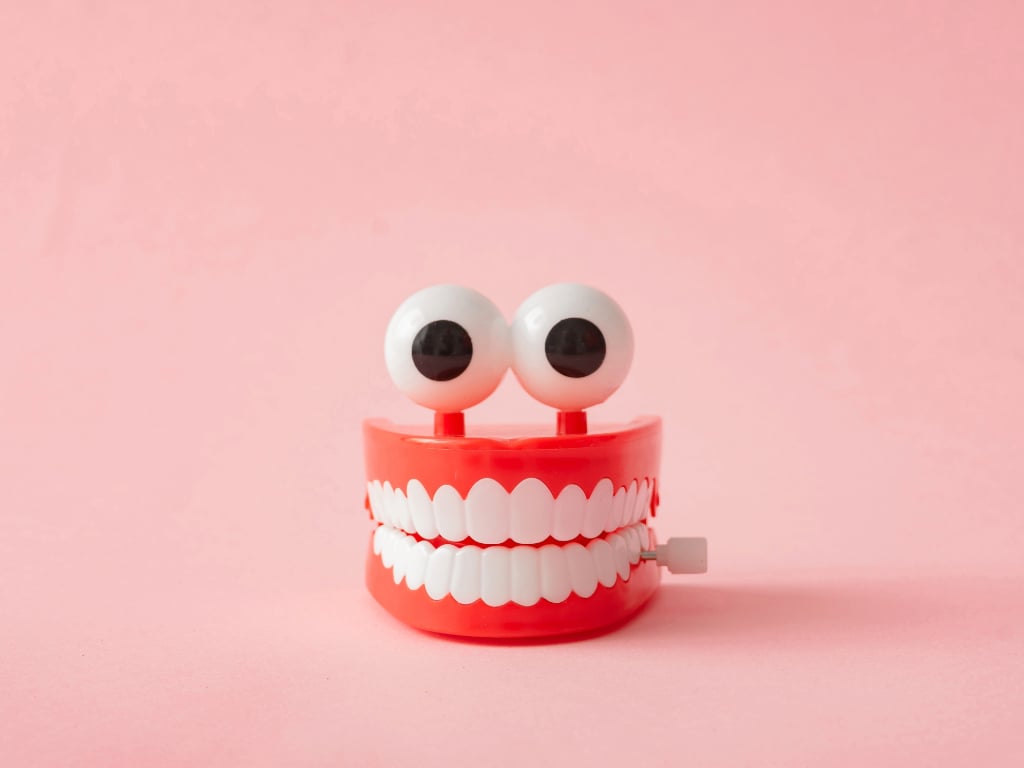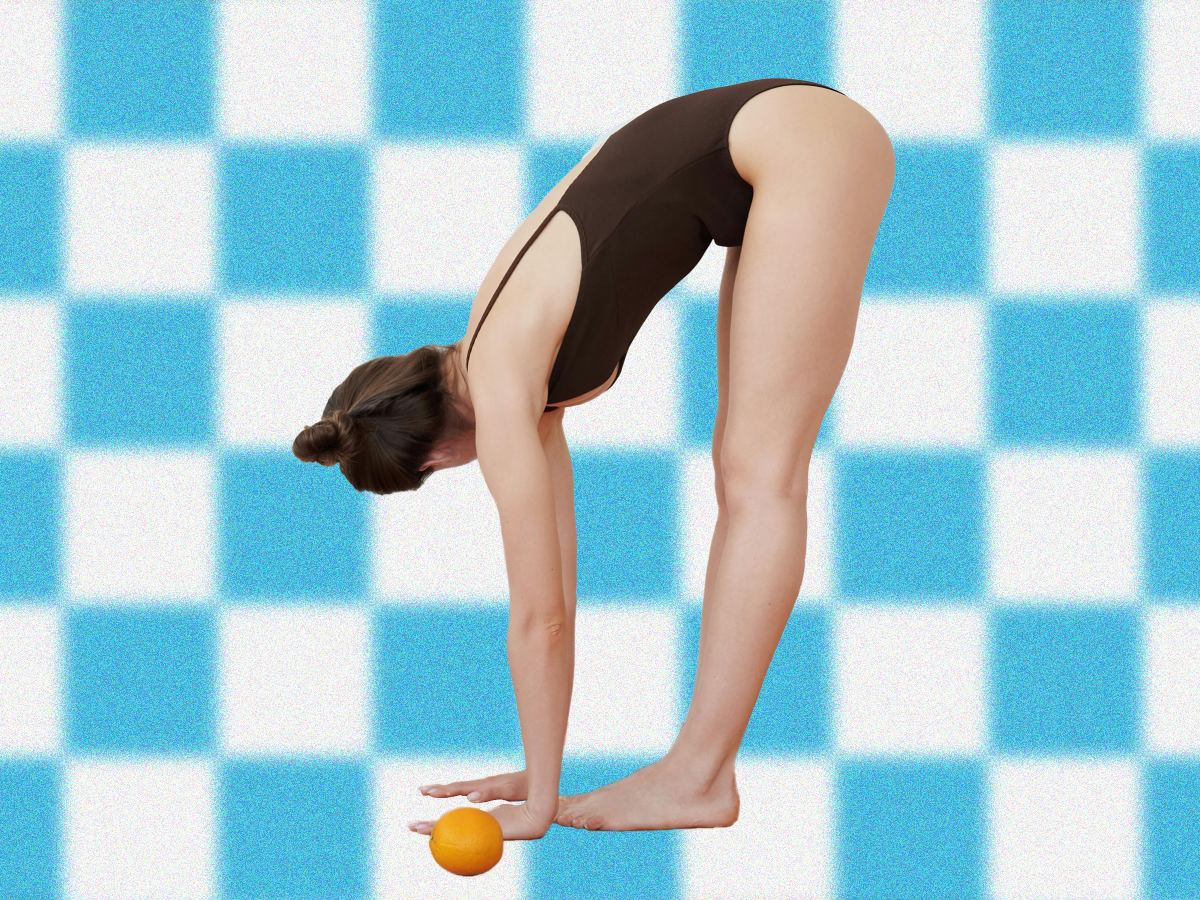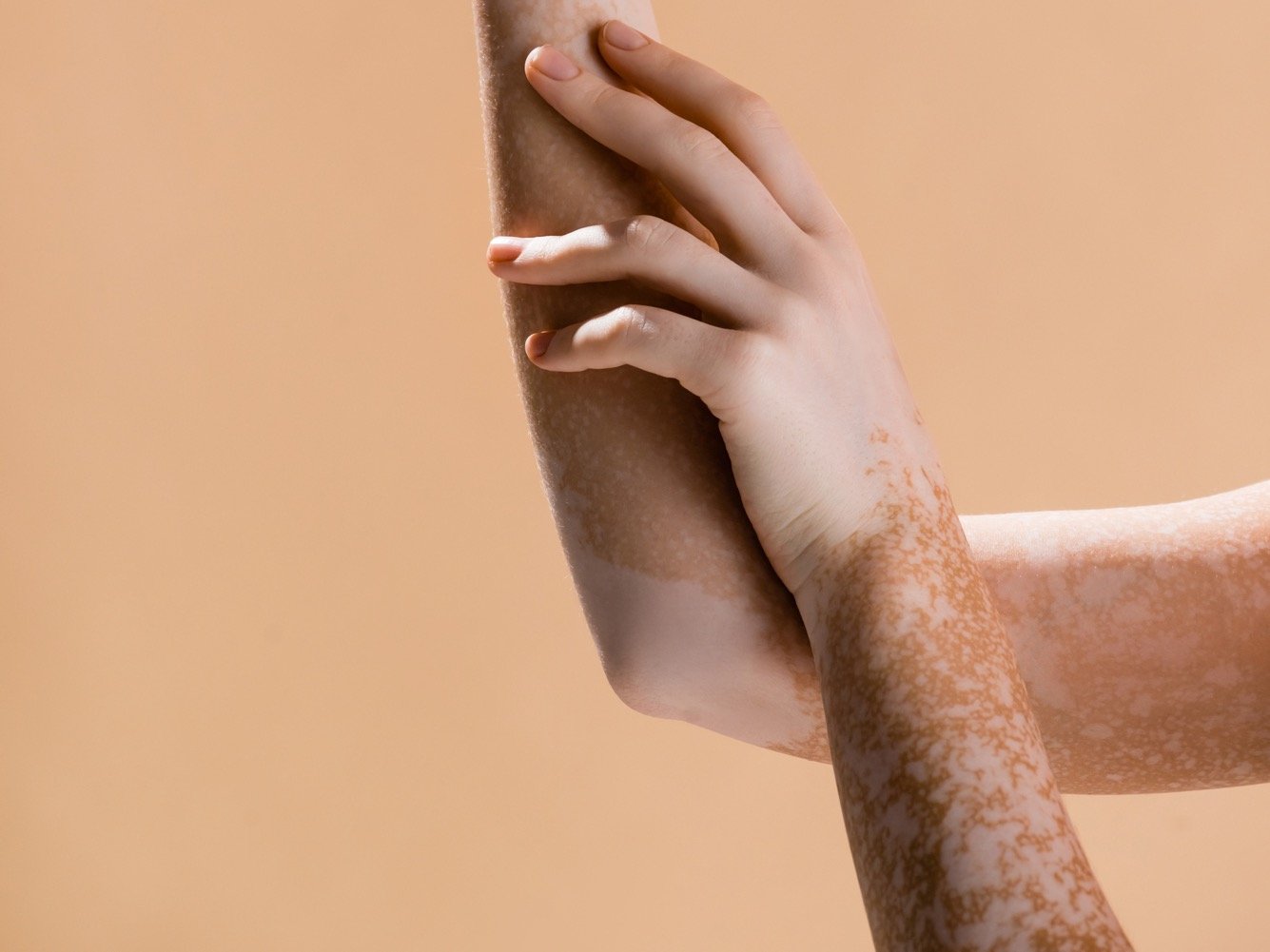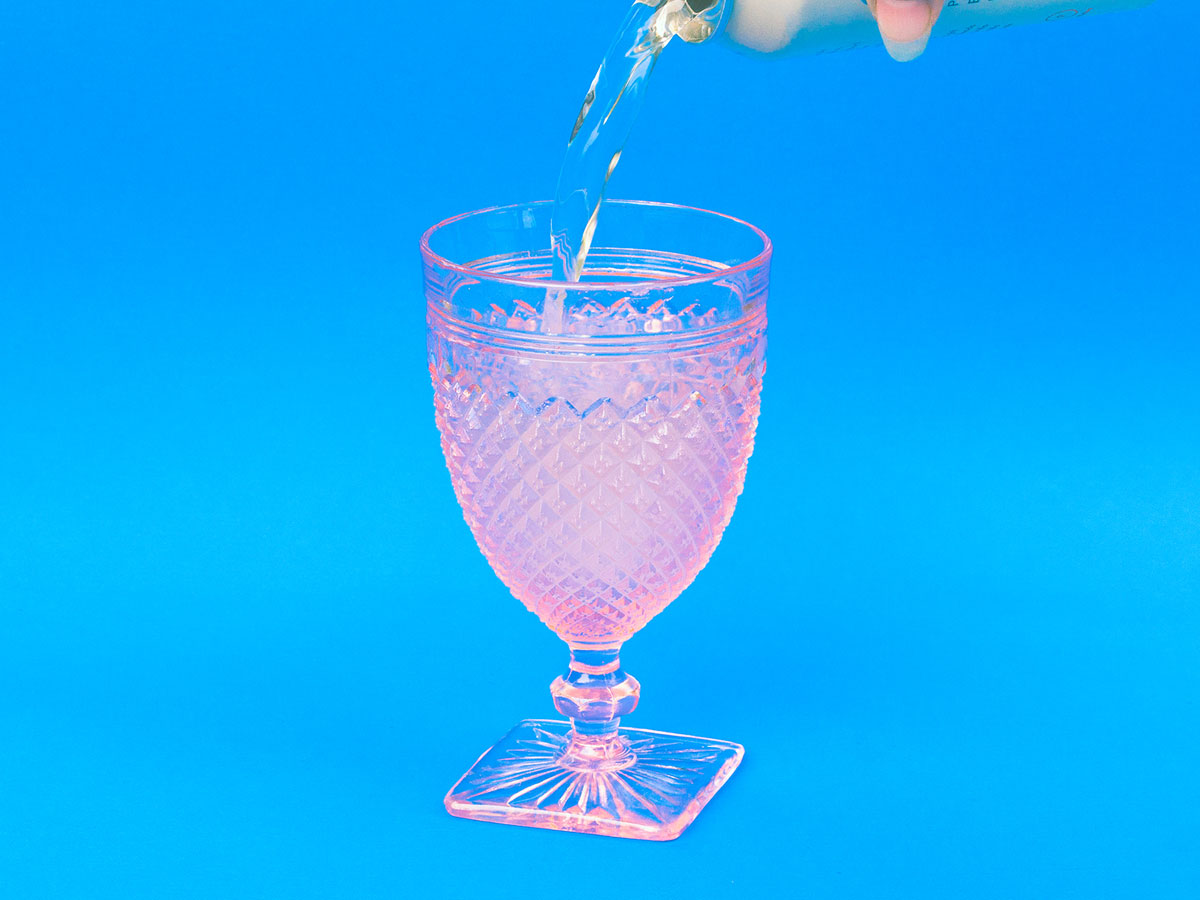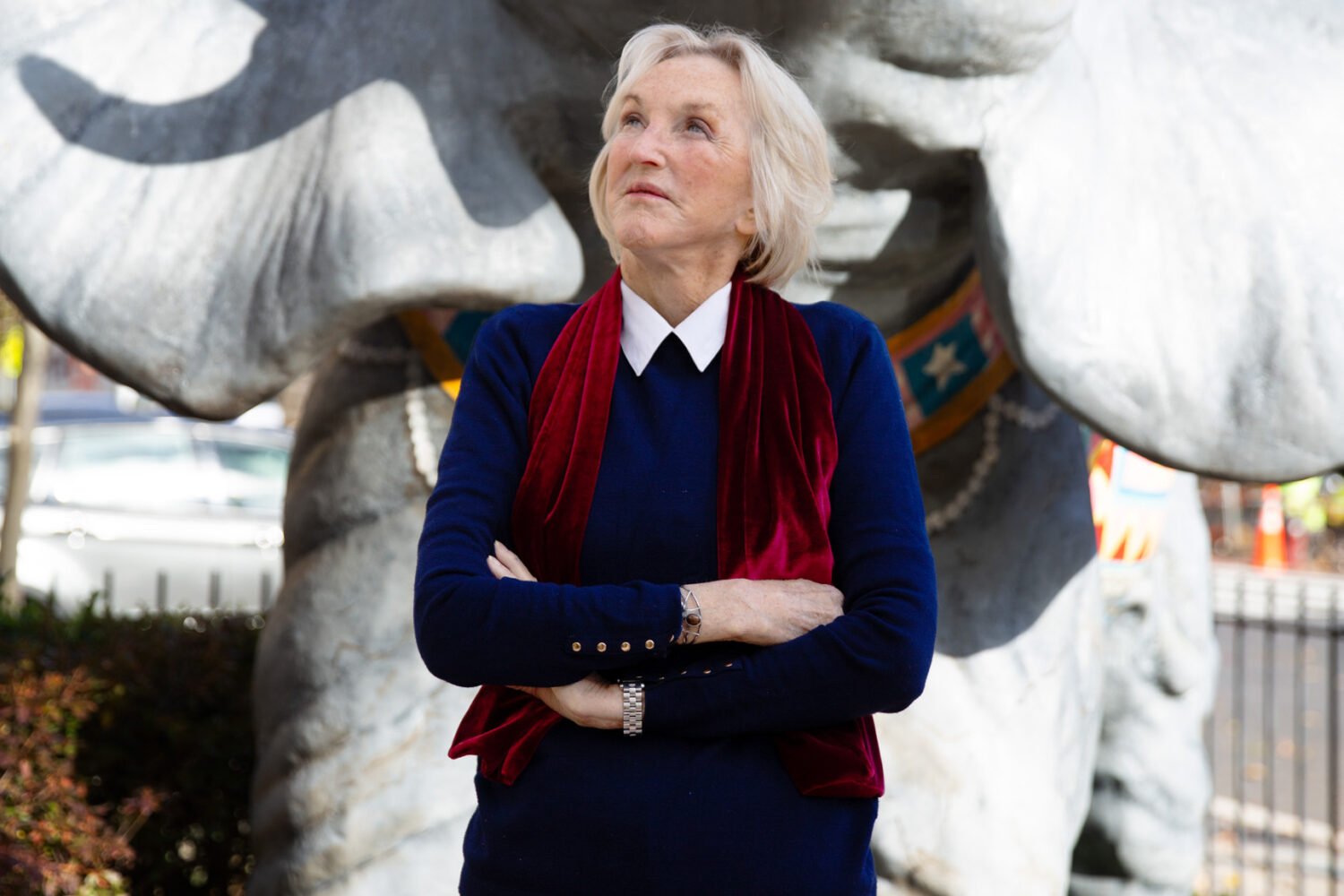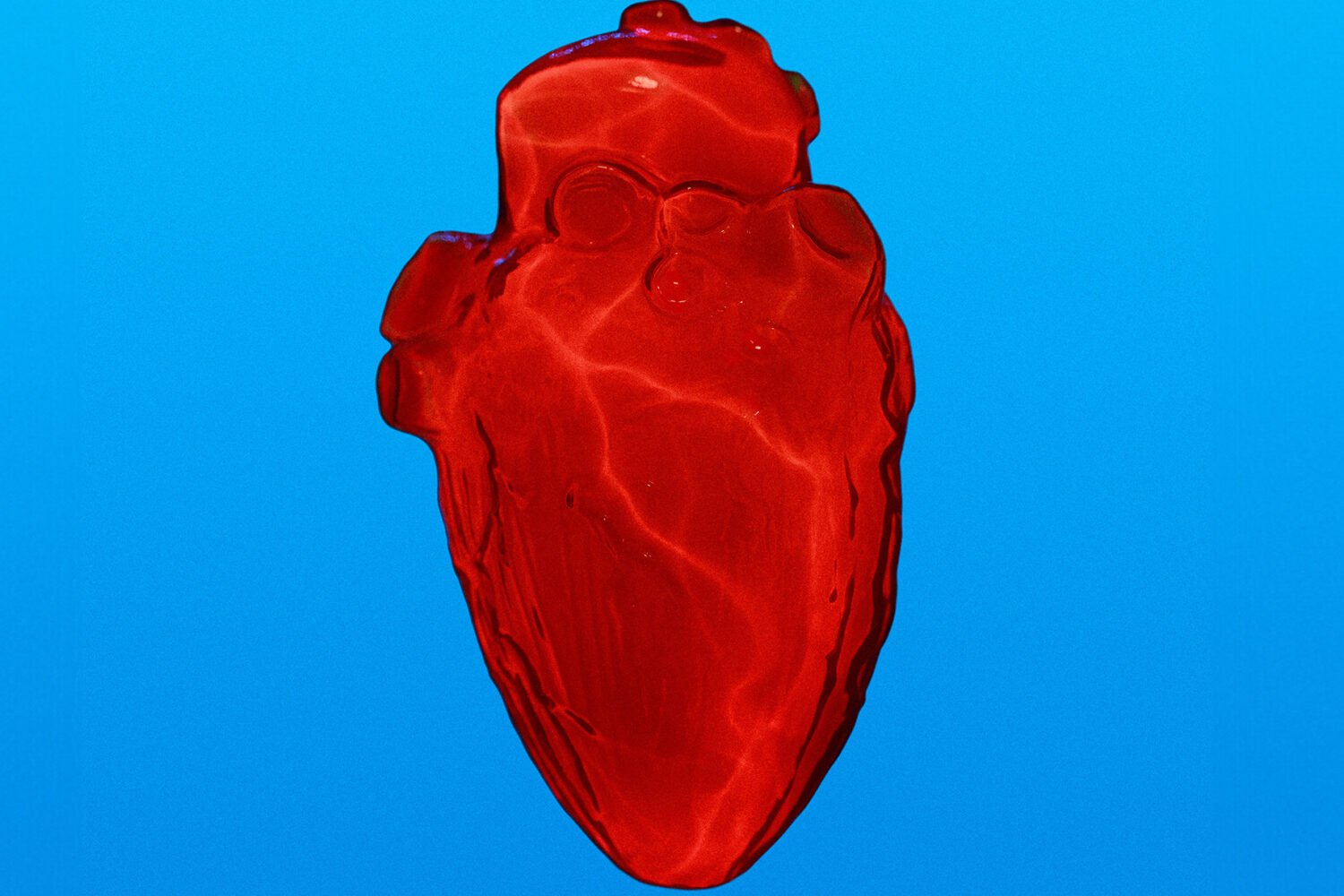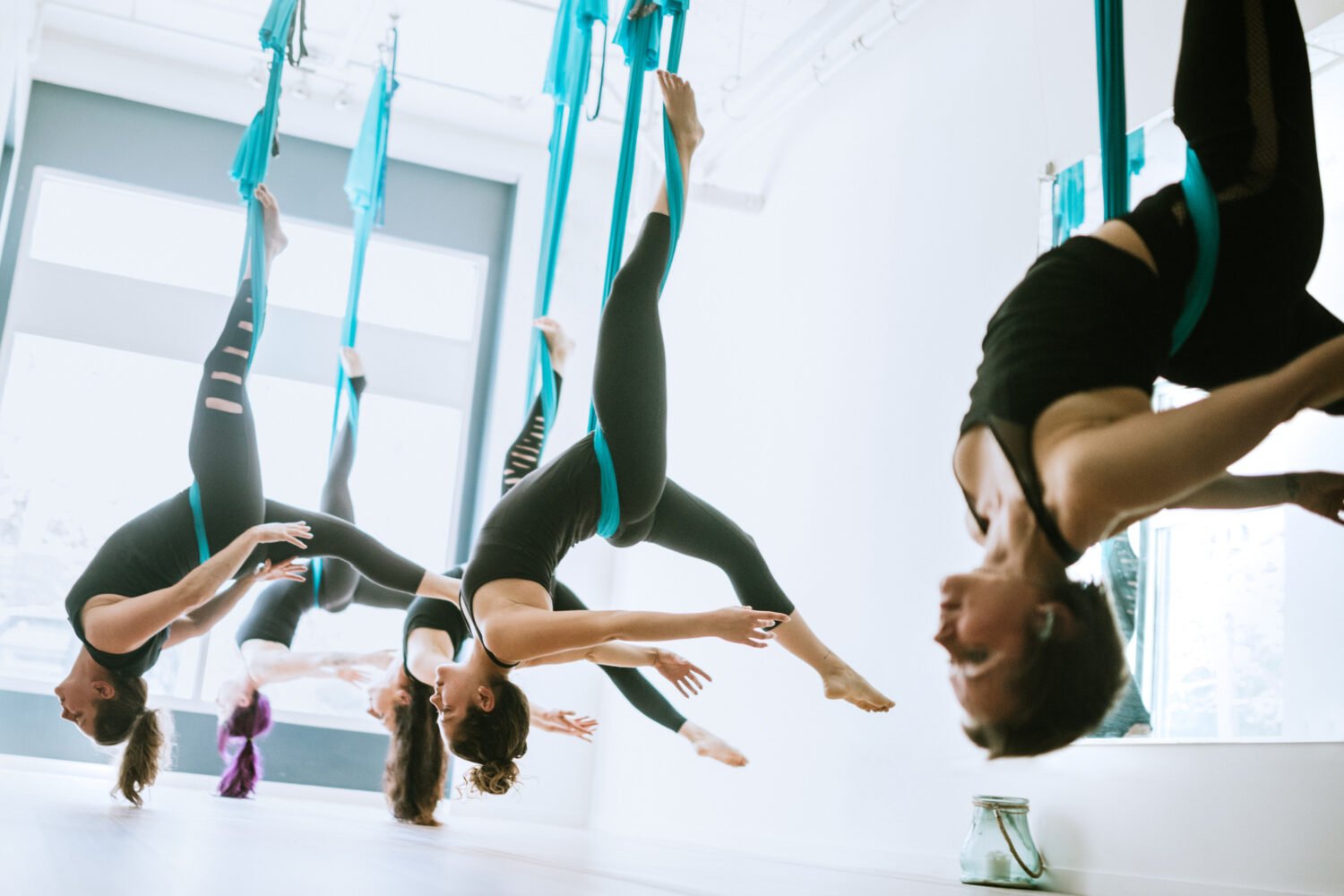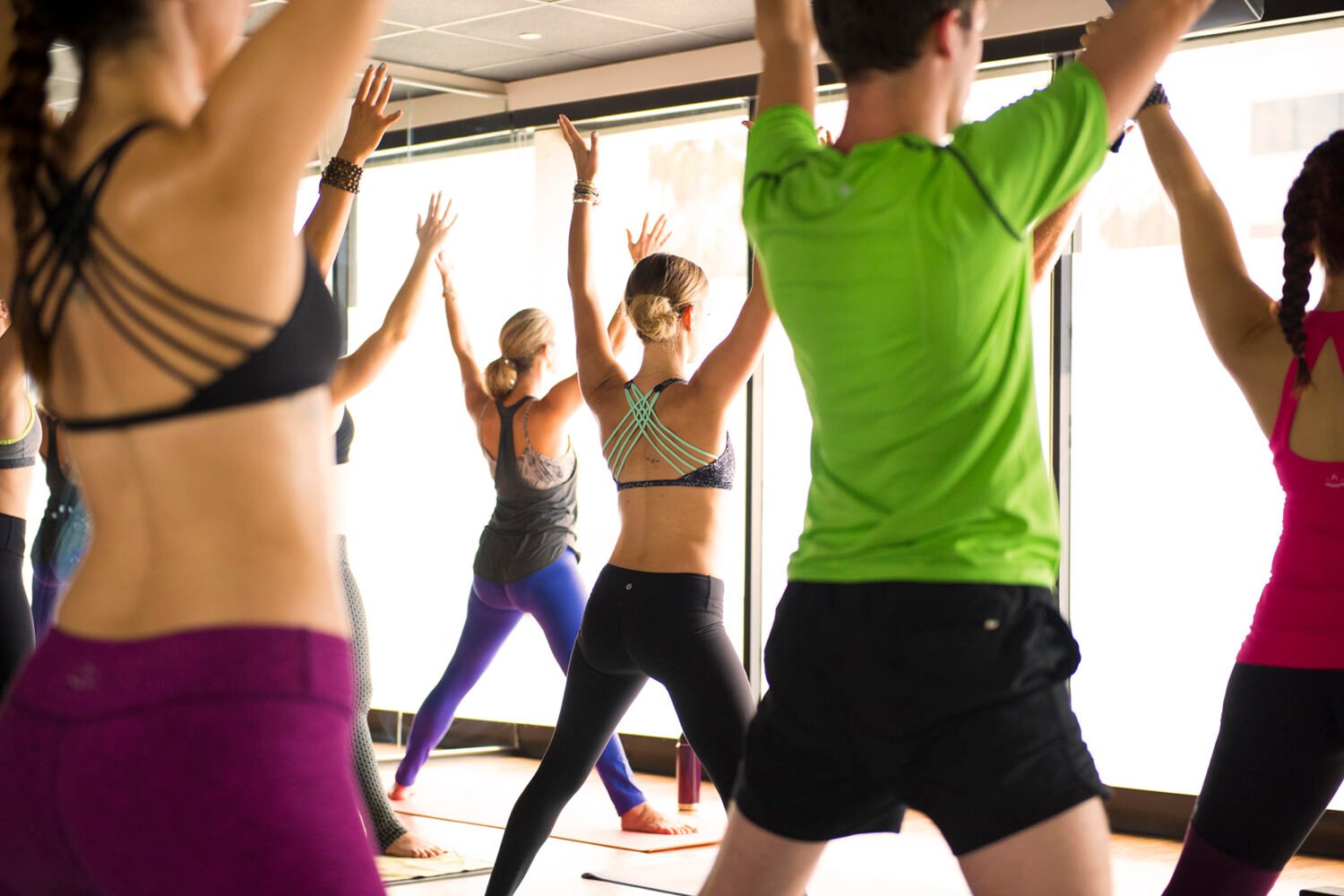Rower Esther Lofgren had a busy 2012. But if we had to guess, the best and most memorable moment of her year was winning gold at the 2012 Olympic Games in the women’s eight.
Lofgren, who recently moved to Alexandria, was more than happy to keep a food diary for Well+Being, although she admits she may eat more than the average person—including two breakfasts. But with two workouts a day, which typically burn 1,000 to 2,000 each, and a CrossFit session, can you blame her?
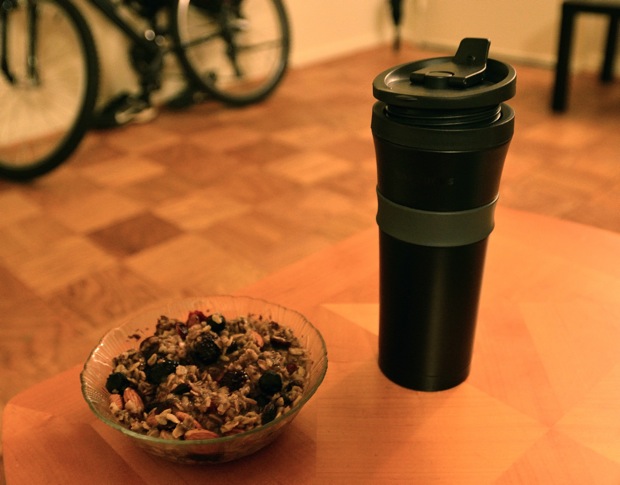
Breakfast 1: Medium bowl of gluten-free oatmeal with chia seeds, ground flaxseed, frozen berries, raw almonds, raisins, stevia, and salt. Large cup of coffee with stevia and 1 percent milk.
“Oatmeal is my go-to before practice, since it tends to stay down no matter how intense the work we do. It’s warm during cold weather, too, which helps warm me up when we’re heading out for a freezing row. Everything I put into the oatmeal is anti-inflammatory, with omega-3s and antioxidants giving me a boost right from waking up. Salt helps me stay hydrated during practice. And coffee: no explanation necessary. Most rowers’ blood in the morning is 30 percent coffee!”
Post-practice snack (after about 90 minutes rowing on the water or rowing machine): Scoop of Superfood powder, scoop of vanilla unsweetened whey protein powder, 12 ounces of water.
“Right after a hard workout, your body is at its most vulnerable and is also most receptive to nutrients. Protein helps your muscles feel less fatigued later.”
Breakfast 2: Starbucks grande latte and blueberry scone.
“This helps me wake up and gets me started at work. A typical morning practice burns between 1,000 and 2,000 calories, so many rowers eat two breakfasts to help get calories in early.”
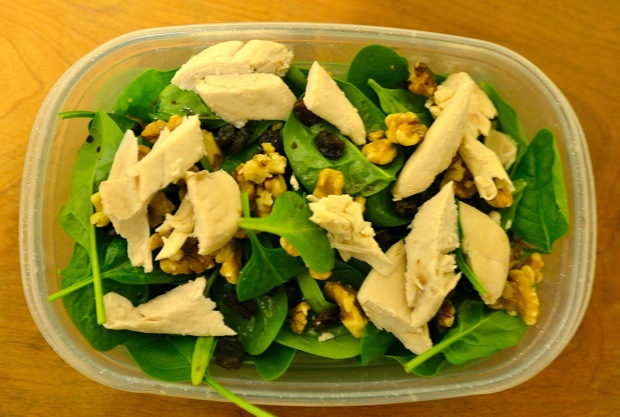
Lunch: Apple and baby spinach salad with grilled chicken, raw walnuts, strawberries, goat cheese, olive oil, and balsamic vinegar. One bottle of water.
“This lunch is a good balance of nutrition, with lots of veggie and animal protein, good fats, and antioxidants from the berries. This is also a chance to get in some fiber, which can be hard to eat right before practice.”
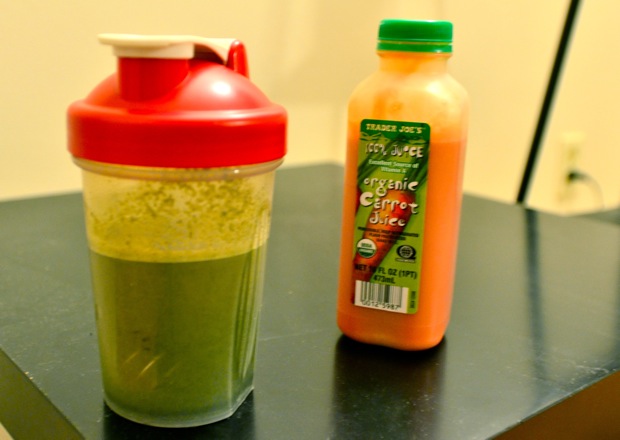
Post-workout snack (after a 60-minute run or bike ride and CrossFit Workout of the Day): Bottle of carrot juice and a scoop of vanilla unsweetened whey protein powder.
“I have an after-work workout, too, so sometimes I’ll split this snack between before and after, depending on hunger level. It’s important not to start a workout hungry, because you won’t accomplish what you set out to do! This has sugar and a ton of vitamins from the carrots, as well as high-quality protein, so it is a good snack whether I’m rowing, running, biking, or lifting—or all four.”
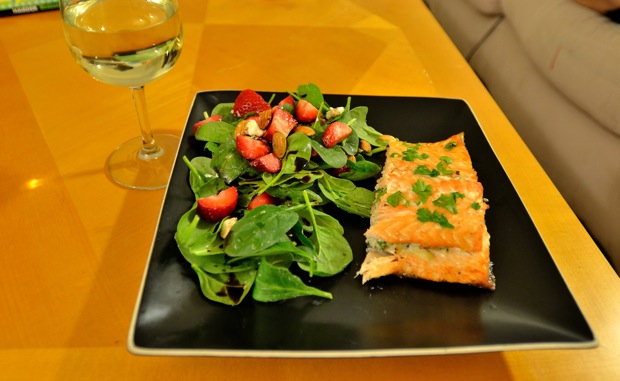
Dinner: Crab-stuffed salmon and baby spinach salad with raw almonds, strawberries, goat cheese, olive oil, and balsamic vinegar. Glass of wine.
“Tons of delicious omega-3s, but no butter in this Paleo-friendly recipe. This is a good meal to replenish the stores depleted from the day’s workout, but also to enjoy! This meal is definitely not an every-night thing; typical dinners includes making leftovers into a stir-fry or a simple salad with chicken and toppings, but I’m always looking for recipes like this that are a reminder that eating healthfully doesn’t mean eating bland food. And the wine—everybody likes to unwind a bit at the end of a long day!”
Are you a local health, fitness, nutrition expert, or athlete with a love for food? Email wellbeing@washingtonian.com for details on how to be featured in our Food Diaries series!
|
|
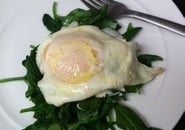
How a Group Exercise Instructor Eats |
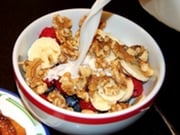
How to Eat on the Paleo Diet |

